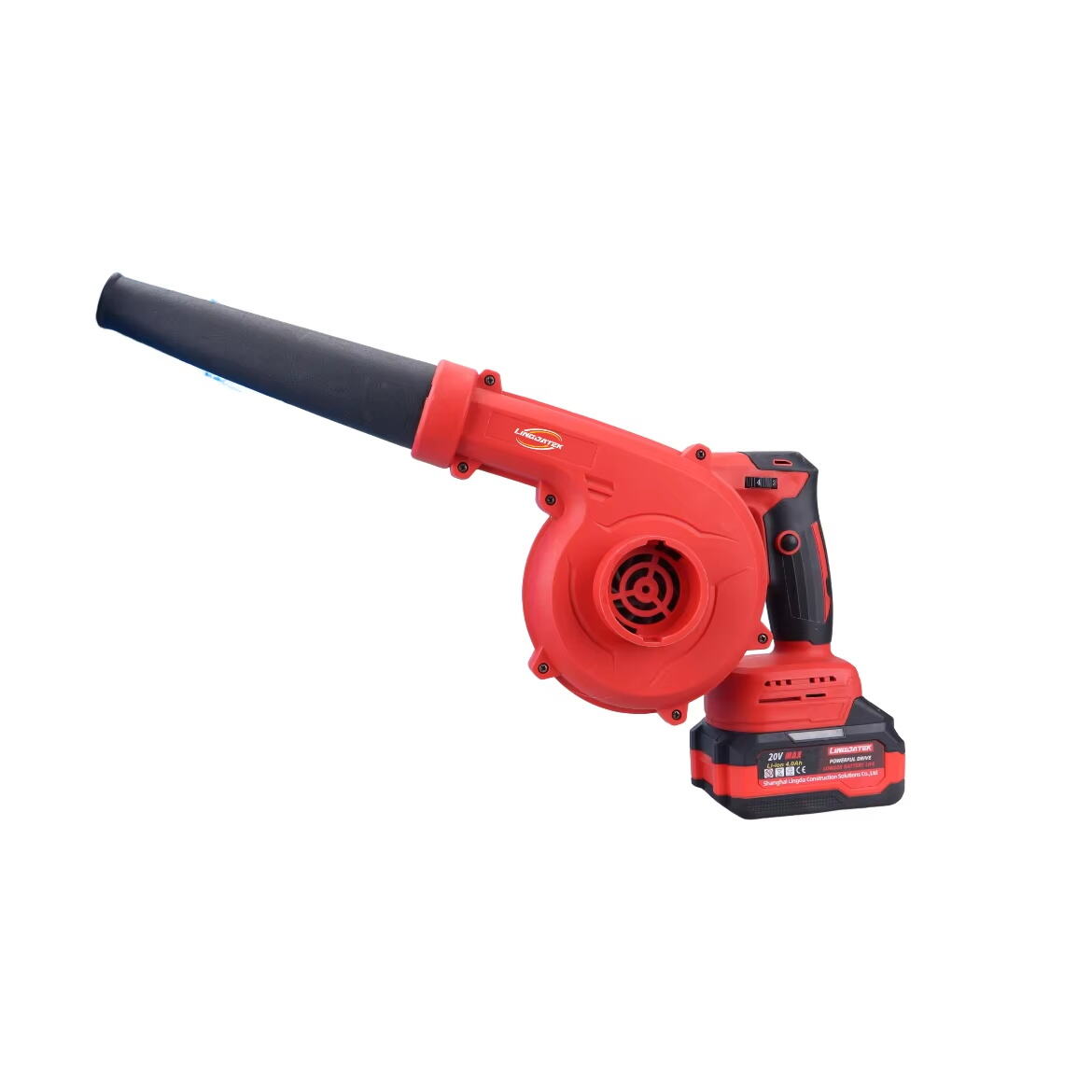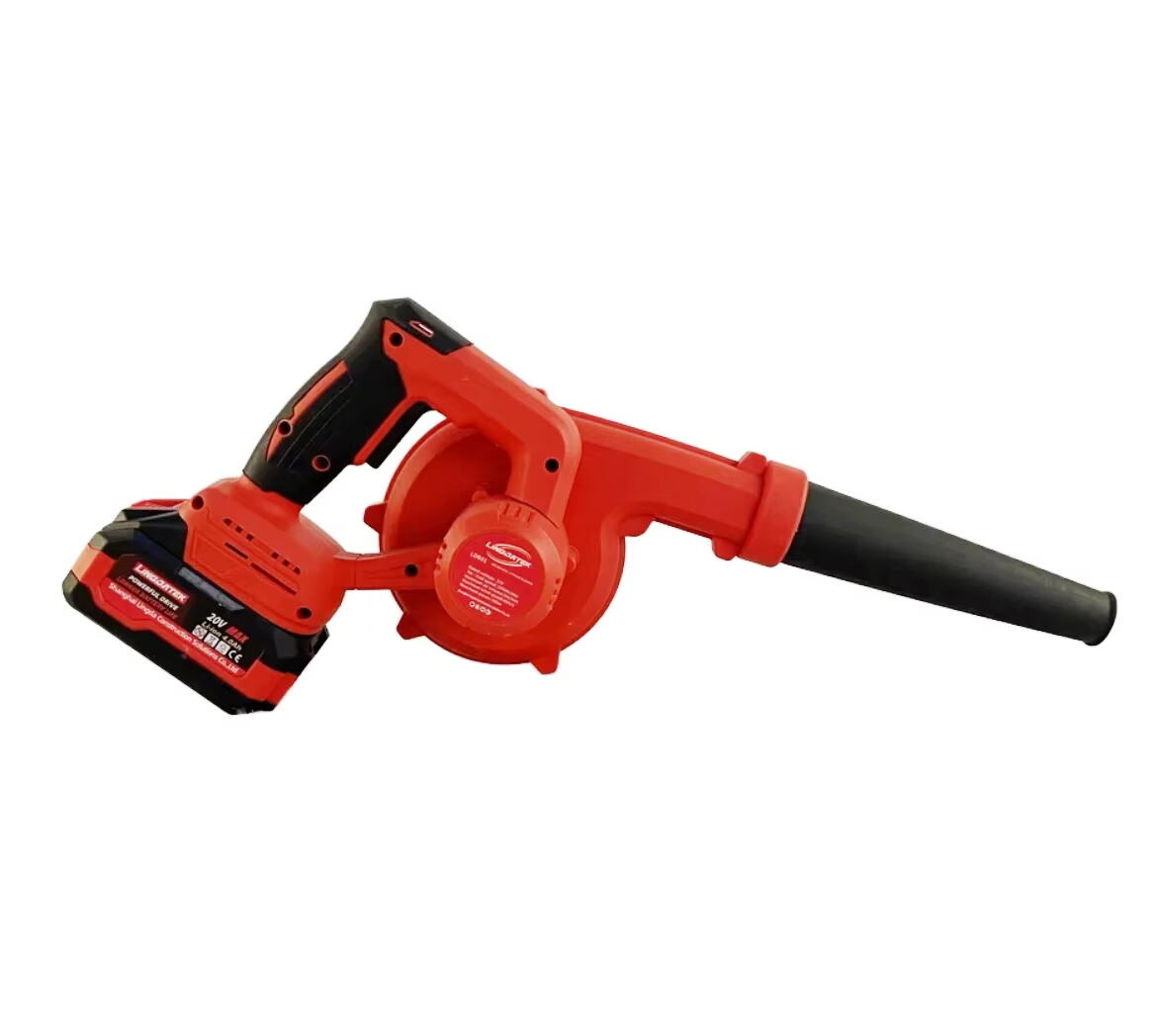The Evolution of Airflow Technology in Industrial Blowers
From Steam-Powered to Electric-Driven Systems
The transition from steam-powered systems to electric-driven technologies marked a significant milestone in industrial blower evolution. Steam-powered technology, once dominant, became obsolete with the advent of electric systems due to the latter's increased efficiency, easier maintenance, and reduced environmental impact. Electric systems, such as those powered by lithium-ion batteries, offer reduced carbon emissions and lower operational costs, making them favorable in industrial applications. Over the last century, electric systems have significantly penetrated industrial applications, drastically improving productivity and sustainability. The increased adoption rate of electric-driven technologies reflects a growing demand for cleaner, more efficient energy solutions.
Milestones in Energy-Efficient Design
Energy-efficient design is now at the forefront of industrial blower technology advancements. Some pivotal milestones include the development of blowers that significantly reduce energy consumption while maintaining performance. For instance, ENERGY STAR certifications guide manufacturers to adhere to environmental standards, ensuring maximum efficiency in operations. Recent advancements boast substantial energy savings, with many models achieving over 30% reduction in energy use compared to older systems. These developments are crucial in today’s environmentally conscious landscape, where reducing operational costs and carbon footprint are key to sustainability.
The Shift Toward Smart Airflow Solutions
Smart technology is reshaping industrial blowers, enhancing performance through IoT and advanced monitoring systems. Modern smart airflow solutions integrate IoT capabilities to enable real-time operational monitoring, optimizing energy use and predictive maintenance. Systems employing these technologies, akin to cordless impact wrenches in versatility, provide increased operational efficiency through data-driven insights and automation. Empirical evidence suggests these smart systems boost efficiency by up to 25%, providing substantial savings in utility costs and improving overall reliability. As such, the adoption of smart technology promises a future of enhanced blower performance and sustainability.

Cutting-Edge Innovations in Blower Design
High-Speed Turbo Blowers and Aerodynamic Engineering
High-speed turbo blowers have revolutionized airflow technology by employing advanced aerodynamic engineering principles. These blowers are designed to maximize airflow through precise control and optimized impeller designs, resulting in significant performance improvements. Advancements in aerodynamic engineering, such as Computational Fluid Dynamics (CFD), allow engineers to simulate and refine airflow patterns, reducing energy losses and enhancing efficiency. Metrics on airflow rates demonstrate that these turbo blowers can achieve up to 30% higher efficiency compared to traditional models, ensuring optimal performance in industrial applications.
Lithium-Ion Batteries: Powering Cordless Efficiency
Lithium-ion batteries have become integral to powering cordless blowers, transforming mobility and efficiency in industrial settings. Cordless technology enhances operational flexibility by allowing users to move freely and address remote tasks without the constraint of power cords. Studies emphasize the benefits of lithium-ion batteries, including increased operational efficiency and reduced downtime due to quick recharging capabilities and prolonged battery life. This innovation not only boosts productivity but also supports sustainable practices by minimizing energy consumption.
Variable Frequency Drives (VFDs) for Precision Control
Variable Frequency Drives (VFDs) provide a sophisticated solution for precision control of airflow in industrial blowers. By modulating motor speed, VFDs optimize energy usage and reduce operational costs. Industry benchmarks indicate that implementing VFD technology can lead to energy savings of up to 20%, showcasing significant cost reductions. The versatility of VFDs lies in their ability to adapt to varying operational needs, ensuring efficient blower performance across diverse applications. This adaptability enables businesses to meet specific airflow requirements while maintaining energy efficiency.
Centrifugal vs. Axial: Engineering Superior Airflow
Centrifugal Blowers: Dominating High-Pressure Applications
Centrifugal blowers are critical in high-pressure applications due to their robust engineering design. Unlike axial blowers, which primarily use axial flow to move air, centrifugal blowers leverage a rotating impeller to increase air velocity and subsequently pressure. This design distinction allows centrifugal blowers to thrive in environments that demand substantial pressure, such as HVAC systems and pneumatic conveying where airflow must overcome high resistance. For instance, the centrifugal blowers segment held a significant portion of the market, dominating over 53.19% in 2023, which reflects their versatility and efficiency in industrial settings. Their capability to manage a broad spectrum of airflows and pressures not only facilitates flexible operation but also makes them an indispensable part of various industrial applications.
Axial Innovations in Low-Pressure Systems
In the realm of low-pressure systems, axial blowers are at the forefront due to recent design advancements that enhance their efficiency and effectiveness. These blowers excel in environments where low-pressure, high-volume airflow is necessary, such as in ventilation and cooling applications. Axial solutions outperform traditional methods by utilizing streamlined blade designs that reduce turbulence and increase energy efficiency. Studies have shown that these innovations can achieve up to a 30% improvement in system performance, making them a favored choice in certain industrial applications. Moreover, relevant case studies highlight their capability to maintain efficiency in expansive settings like manufacturing plants and warehouses, where continuous airflow is crucial.
Hybrid Technologies Merging Efficiency and Power
Hybrid technologies in blower systems represent a transitional breakthrough by merging the benefits of both centrifugal and axial designs, achieving a balance of efficiency and power. These systems incorporate the pressure-handling abilities of centrifugal blowers with the volume capability of axial blowers, resulting in versatile solutions for varied industrial contexts. Performance metrics indicate that hybrid blowers can offer energy savings up to 15% compared to traditional systems, underscoring their growing appeal. Industry adoption rates reflect this trend, with more companies opting for hybrid systems to enhance operational efficiency while minimizing energy consumption. As the industry moves towards more sustainable practices, hybrid technologies are becoming pivotal in achieving superior air handling solutions.

Overcoming Industry Challenges with Advanced Solutions
Noise Reduction in Urban-Compatible Blowers
The push for quieter blower systems in urban settings has become a significant industry focus. As cities grow and the demand for industrial operations in populated areas increases, the need for urban-compatible blowers that minimize noise pollution is paramount. Engineering innovations, such as using sound-dampening materials and redesigned fan blades, are pivotal in lowering noise levels. Compliance with stringent regulations, which often outline allowable noise levels, drives manufacturers to continuously evolve their designs. These efforts not only comply with legal standards but also enhance the overall quality of life in urban areas by reducing disruptive noise.
Durability in Extreme Temperature Environments
Operating blowers in extreme temperature environments presents unique challenges. Whether dealing with scorching heat or freezing cold, ensuring the durability and reliability of blower systems is critical. Advanced materials, including temperature-resistant alloys and robust engineering designs, are pivotal in combating adverse conditions. For example, some blowers are equipped with heat-resistant coatings that prevent deterioration under high temperatures. Case studies in industries like oil and gas reveal blower performance metrics that withstand harsh conditions, ensuring longevity and consistent reliability.
Reducing Maintenance Costs Through IoT Integration
IoT technologies are revolutionizing the maintenance strategies for blower systems by significantly reducing costs. Real-time monitoring and predictive maintenance capabilities allow for the early detection of potential issues before they escalate. Examples include sensors that provide continuous feedback on blower performance, aiding in proactive maintenance decision-making. Metrics demonstrate reduced downtime, with businesses reporting substantial cost savings due to minimized manual inspections and timely repairs. The integration of IoT not only improves operational efficiency but also extends the lifespan of equipment, providing a competitive edge in industry operations.
The Future of Airflow Technology: Trends to Watch
AI-Driven Predictive Maintenance Systems
AI is revolutionizing predictive maintenance in airflow technologies, offering transformative benefits such as minimizing downtime and improving operational efficiency. By utilizing AI algorithms, companies can anticipate failures and proactively resolve issues, ensuring systems run smoothly. As a result, businesses can expect reduced unexpected outages, leading to cost savings and increased reliability. Industry insights suggest future investments in AI-driven systems will continue to grow, recognizing the crucial role AI plays in maintenance. The emphasis on AI development highlights its potential in maintaining industrial equipment reliability across sectors.
Sustainable Materials for Eco-Friendly Manufacturing
The trend towards sustainable materials in blower manufacturing underscores a commitment to eco-friendly processes, shaping the future of the industry. Manufacturers are increasingly adopting technologies that facilitate environmental-friendly practices, such as reducing waste and energy consumption. Such innovations align with market trends showing a growing consumer preference for sustainable products. As awareness of environmental impact propels demand, companies leveraging sustainable materials are poised to gain a competitive edge, reflecting a broader shift towards greener industrial practices.
Global Adoption of Electric Jet Innovations
The global adoption of electric jet technology in airflow systems is gaining momentum, driven by its benefits of reduced emissions and enhanced efficiency. Electric jets represent a significant advancement over traditional systems, offering cleaner and more efficient operations. This technology not only meets the stringent environmental regulations but also supports energy-saving goals. Market data reveals a rising trend in electric jet innovations as industries increasingly prioritize sustainable solutions. The growth in adoption signifies a pivotal shift towards more sustainable and productive airflow technologies across the globe.


